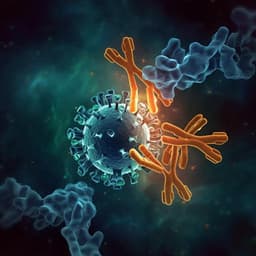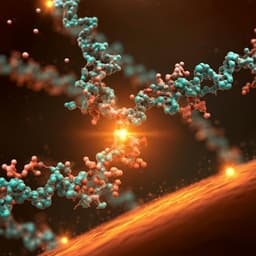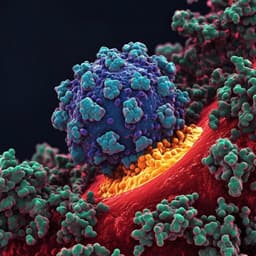
Medicine and Health
Spike residue 403 affects binding of coronavirus spikes to human ACE2
F. Zech, D. Schnierthauer, et al.
This research by Fabian Zech and colleagues reveals how a single T403R mutation in the bat sarbecovirus RaTG13's Spike protein enhances its ability to infect human cells. The findings suggest that current COVID-19 vaccines provide a layer of protection against potential zoonotic threats, highlighting the importance of amino acid interactions in cross-species virus transmission.
Playback language: English
Related Publications
Explore these studies to deepen your understanding of the subject.







